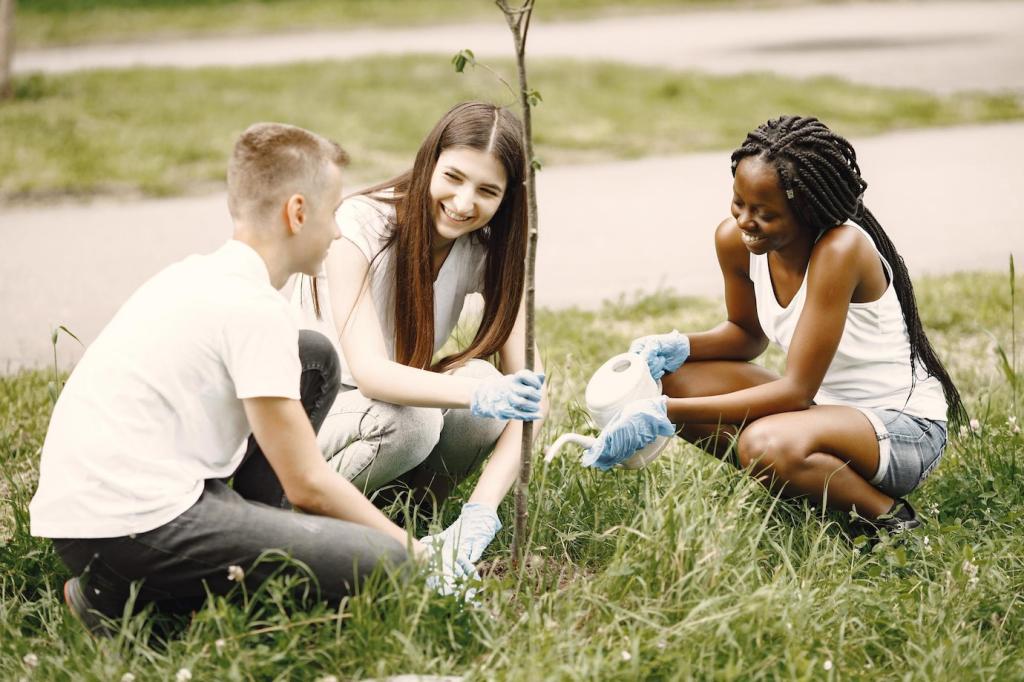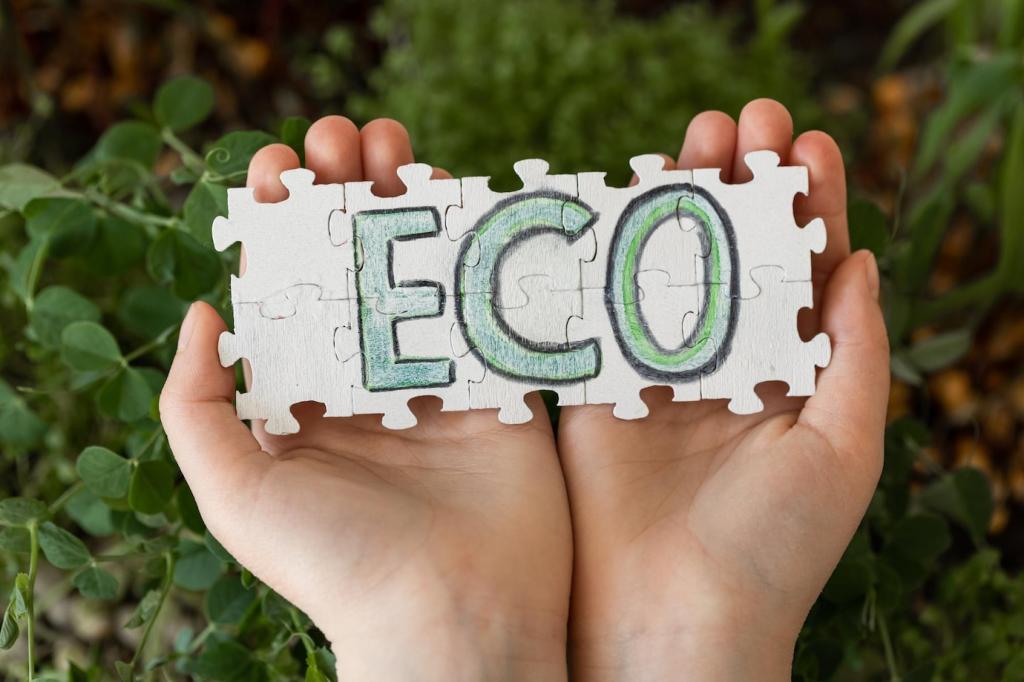Lake Biwa, Japan: Reed Beds as Restoration Superheroes
Reed beds trap sediments and absorb nutrients while offering nurseries for fish and birds. Volunteers planting rhizomes transformed eroded margins into thriving, self-renewing habitats. Consider reeds or native emergents where your shoreline needs filtration and gentle stabilization.
Lake Biwa, Japan: Reed Beds as Restoration Superheroes
Shiga Prefecture’s phosphate-free detergent movement paired policy with pride. School programs tied reed stewardship to everyday choices. Tell us how your town can weave curriculum, festivals, and shoreline planting days into a lake-loving tradition that lasts generations.
Lake Biwa, Japan: Reed Beds as Restoration Superheroes
Map wave energy, sediment sources, and access points, then pilot reed modules with community partners. Document biodiversity gains with photos and simple counts. Subscribe to download our starter guide for selecting native species and organizing volunteer planting calendars.



